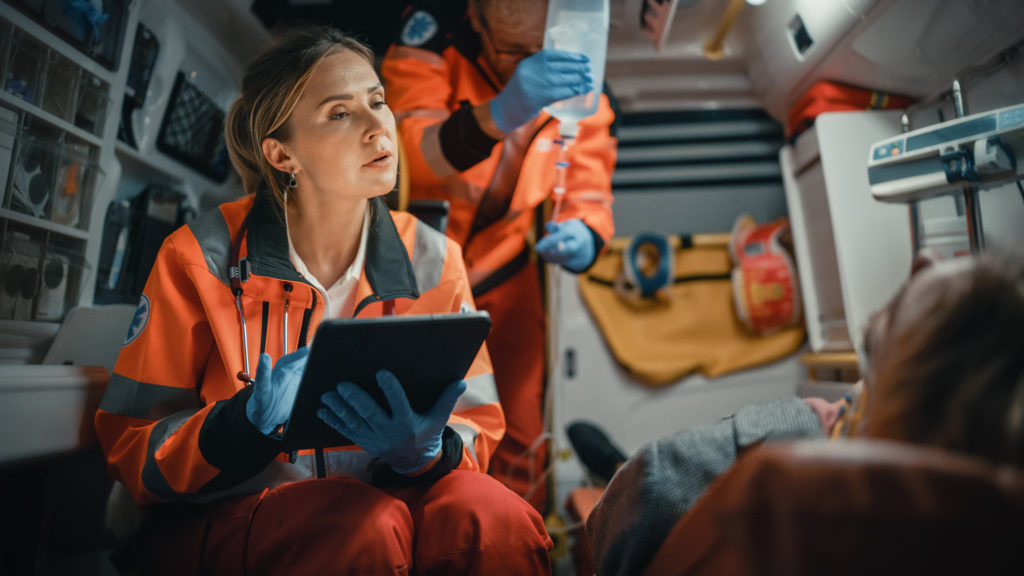It may have been a minute, but do you remember the last time you had to wrangle a physical printer into submission? Whether it be the perpetual paper jams (allegedly), the always-low black ink, or the transient wireless printer connections, dealing with a printer can be a total beatdown. Add trying to print on-the-go and connecting to multiple printers a day, and I think we can all pour one out for the EMS teams that struggle with this reality on a daily basis (between, you know, trying to save lives) to produce PCRs for hospital transfers. We’ve mentioned before how this paper Pre-hospital Care Report (“PCR”) may be the sole record accompanying the patient upon presenting at the ED, so bypassing this cumbersome step isn’t something EMS pros can just do. So let’s consider how some simple healthcare connectivity tools can alleviate this headache and allow EMS to focus on the patient versus the paperwork!
Switching to ePCRs Reduces Printer Drama and Saves an Administrative Step
Not too long ago we shared how healthcare connectivity can actually reduce stress levels of EMS providers, and automating the exchange and delivery of the PCR had a myriad of additional benefits for these brave professionals. The use case for supporting electronic exchange of ePCRs is especially savory when you consider that paper patient records during transfer are at some point digitized to reside in an EHR anyway. All that paper and toner wrestling for nothing!
Patient Search Capabilities Raises the Bar on EMS Experience and Patient Outcomes
Leveraging provider solutions like those offered by Kno2 not only automates paper processes for efficiency, security, and sanity, but the simultaneous benefit is connecting EMS providers to information on patients they are serving with a simple query. We’ve played myth busters before and shut down the assumption that first responders can tap into all the electronic information they need to take care of us. Tapping into healthcare connectivity networks not only results in more complete ePCRs, ready to hand-off sans paper and ink, but it also offers providers working in emergent situations with additional data to drive interventions and care decisions that could be life changing…and lifesaving.
Emergency Medical Services provide incredibly valuable care to our communities, and if we want to reap the benefits if and when our family is on the other end of an emergent call, our duty is to ensure we treat EMS as first-class citizens in healthcare connectivity. This is a strategic point of intervention to change lives and communities, and it’s incredible to realize how much value could be gained from making simple workflow changes via healthcare connectivity tools that set the brave folks free from the printers.







